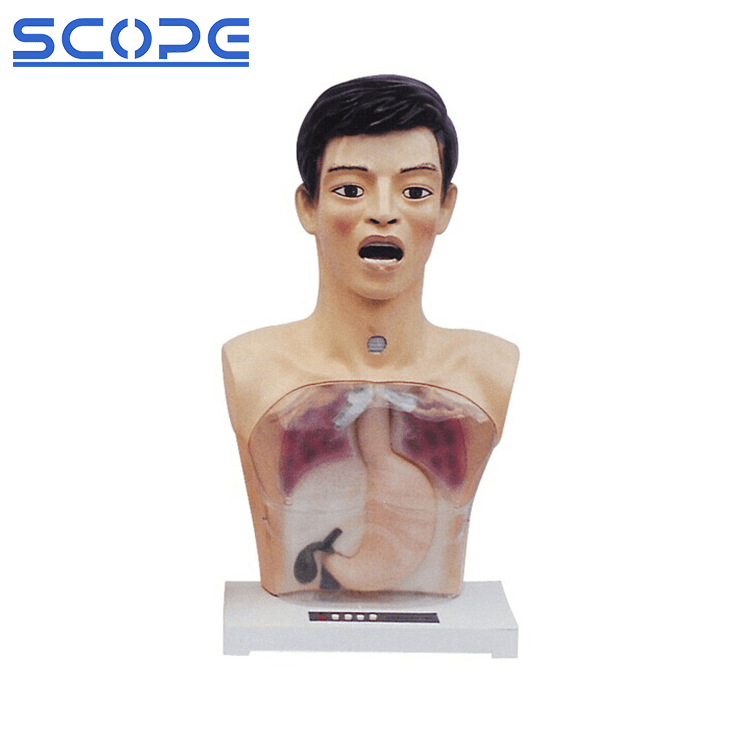Why Are CPR Manikins Important?

CPR manikins are vitally important for several reasons that contribute to saving lives in real-world emergencies. Here's a detailed breakdown of their significance:
l Safe and Effective Training: CPR is a lifesaving skill, but practicing on a real person is obviously not ideal. Manikins provide a safe and ethical environment for individuals to learn and practice the proper techniques of chest compressions and rescue breaths. This allows them to build muscle memory and gain confidence before potentially having to use CPR in a high-pressure situation.
l Standardized Practice: Manikins ensure consistent training experiences. They offer a standardized platform for learning CPR procedures, regardless of the instructor or location. This consistency helps guarantee that everyone receives proper training and is performing CPR maneuvers effectively.
l Feedback and Improvement: Many CPR manikins come equipped with feedback mechanisms. These can be visual indicators showing compression depth or audible clicks to signal correct hand placement and compression rate. This real-time feedback allows trainees to adjust their technique and improve their CPR skills during practice.
l Building Muscle Memory: Performing CPR effectively requires proper hand placement, adequate compression depth, and a consistent rate. Manikins provide the necessary resistance during practice to develop the muscle memory needed to deliver effective chest compressions during an actual emergency.
l Practice Different Scenarios: Manikins come in various types like adult, child, and infant. This allows trainees to practice CPR on different body sizes, which is crucial because the technique needs to be adjusted depending on the age of the victim. Additionally, some manikins can simulate specific challenges like choking or obstructed airways, allowing for broader CPR training scenarios.
l Psychological Preparation: Using a manikin during CPR training can help prepare individuals for the emotional aspects of a real-life emergency. Practicing on a manikin in a controlled environment can help reduce anxiety and improve the likelihood of calm and effective action in a real situation.
l Increased Public CPR Knowledge: The wider availability of CPR manikins allows for more widespread CPR training programs. This can equip more members of the public with this lifesaving skill. Bystanders who are trained in CPR can significantly increase the chances of survival for someone experiencing cardiac arrest before emergency medical services arrive.
In conclusion, CPR manikins are not just training dummies; they are essential tools for developing and maintaining lifesaving skills. By enabling safe, effective, and realistic CPR practice, manikins play a crucial role in improving preparedness for emergencies and potentially saving lives.
And then you might want to get more about CPR manikins such as how to clean CPR manikins.
- Art
- Causes
- Crafts
- Dance
- Drinks
- Film
- Fitness
- Food
- Jocuri
- Gardening
- Health
- Home
- Literature
- Music
- Networking
- Alte
- Party
- Religion
- Shopping
- Sports
- Theater
- Wellness


